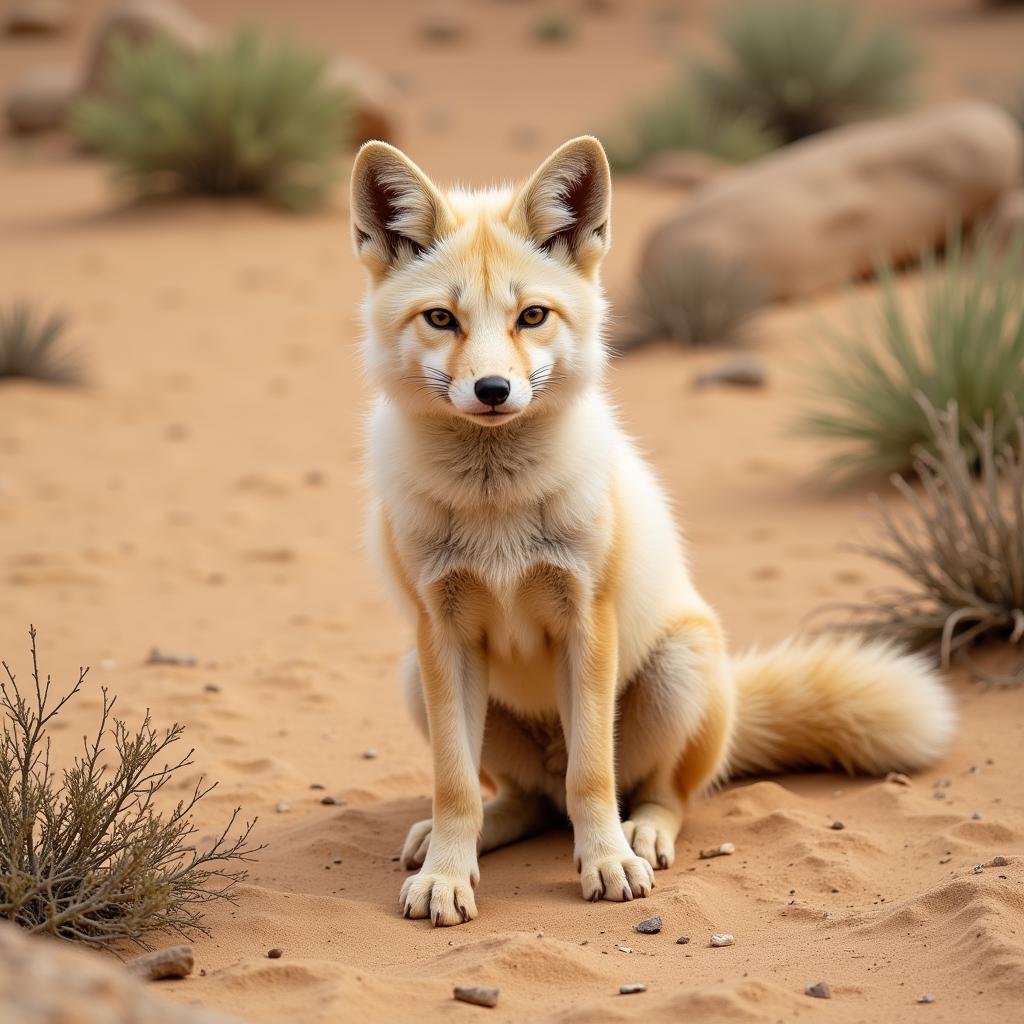The Ultimate Guide to African Cichlid Gravel
African Cichlid Gravel plays a crucial role in replicating the natural habitat of these vibrant fish. Choosing the right substrate not only enhances the aesthetics of your aquarium but also contributes significantly to the health and well-being of your cichlids. This guide will delve into the essential aspects of selecting and maintaining the perfect gravel for your African cichlid tank.
Choosing the right substrate for your African cichlids involves considering several factors. The size, type, and even color of the gravel can impact your tank’s water chemistry and the behavior of your fish. Let’s explore the intricacies of African cichlid gravel to help you make informed decisions for your aquatic environment. You can find a variety of African cichlids online if you’re looking to expand your collection.
Understanding the Importance of African Cichlid Gravel
The substrate you choose for your African cichlids isn’t just about aesthetics. It influences the water parameters, particularly pH and hardness, mimicking the alkaline waters of their native African lakes. The correct gravel also facilitates natural behaviors like digging and spawning. A well-maintained gravel bed encourages beneficial bacteria growth, crucial for a healthy ecosystem.
What kind of gravel is best for African cichlids? Aragonite gravel is a popular choice, as it helps buffer the pH and maintain the hardness needed for these fish.
After the introduction paragraph, consider adding some African cichlids to your existing tank. Check out our guide on setting up an African cichlid fish tank for more information.
Types of Gravel for African Cichlids
Several types of gravel are suitable for African cichlids. Each has its pros and cons:
- Aragonite: This gravel is known for its buffering properties, helping maintain a higher pH and hardness ideal for African cichlids.
- Crushed Coral: Similar to aragonite, crushed coral effectively buffers the water and creates a more natural environment.
- Dolomite: Another good option for maintaining water hardness and pH, dolomite also offers a natural appearance.
- Quartz Gravel: While inert and not affecting water parameters, quartz gravel is a cost-effective and visually appealing option. You may need to use buffering agents to maintain the proper pH.
Choosing the Right Grain Size
The size of the gravel grains is also important. Fine gravel is easier for fish to sift through while foraging, mimicking their natural behavior. However, very fine gravel can compact, hindering water flow and potentially trapping harmful waste. Medium-sized gravel is generally a good compromise, allowing for both foraging and proper water circulation. Avoid large gravel, as it can make it difficult for cichlids to dig and can create gaps where uneaten food can collect.
What size gravel is best for African cichlids? A medium-sized gravel is generally recommended.
Maintaining Your African Cichlid Gravel
Regular maintenance is essential for a healthy aquarium. Partial water changes and gravel vacuuming help remove debris and waste, preventing ammonia and nitrite spikes. Overfeeding can lead to excess waste buildup, so it’s important to feed your cichlids only what they can consume in a few minutes. Do you have a tank in India? Check out our guide on African cichlids tank in India.
Creating a Naturalistic Aquascape with African Cichlid Gravel
African cichlids thrive in environments that mimic their natural habitat. Using rocks, caves, and driftwood, along with the right gravel, can create a visually appealing and stimulating environment. Consider adding plants suitable for hard, alkaline water to further enhance the natural feel of the aquarium. You can research compatible African dwarf frog aquariu setups if you are looking for tank mates for your cichlids.
Conclusion
Choosing the right African cichlid gravel is a crucial step in setting up a thriving aquarium. By understanding the different types of gravel, grain sizes, and maintenance requirements, you can create a healthy and beautiful home for your African cichlids. Selecting appropriate gravel ensures the well-being of your fish and enhances the visual appeal of your tank.
FAQ
- What is the best gravel for African cichlids? Aragonite or crushed coral are often recommended for their buffering properties.
- Can I use regular aquarium gravel for African cichlids? Yes, but you may need to use buffering agents to maintain the correct pH and hardness.
- How often should I clean my cichlid tank gravel? Regular partial water changes and gravel vacuuming are recommended.
- What size gravel is best? Medium-sized gravel is generally a good choice.
- Can I mix different types of gravel? Yes, you can mix gravel types to achieve the desired aesthetic and water parameters.
- Why is my cichlid gravel turning brown? This could be due to algae growth or accumulated waste.
- How do I prevent algae growth on my cichlid gravel? Regular maintenance, proper lighting, and avoiding overfeeding can help prevent algae growth.
Common Scenarios and Questions
- Cloudy water after adding new gravel: This is often caused by dust and fine particles. Rinse the gravel thoroughly before adding it to the tank.
- Fish digging excessively: This is natural behavior for cichlids. Ensure you have a deep enough gravel bed. You could also explore African brown knife tankmates.
Further Exploration
Looking for more information on African Cichlids? Explore our articles on maintaining an African cichlid fish tank.
Need Help?
For assistance with your African cichlid tank, contact us at: Phone: +255768904061, Email: kaka.mag@gmail.com, or visit us at: Mbarali DC Mawindi, Kangaga, Tanzania. We have a 24/7 customer support team.


